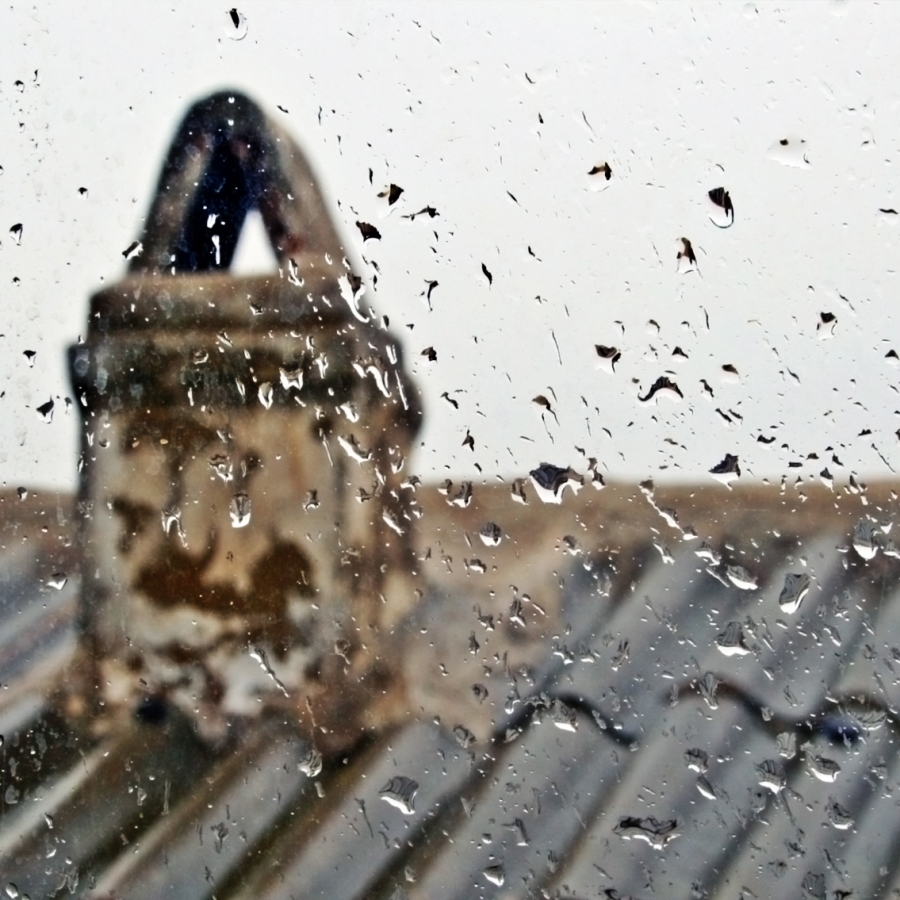水分如何通过家庭移动
To help understand the principles ofmoisture control,您需要了解水分如何穿过您的家庭的基础知识。

Topic Summary

Moisture or water vapor moves in and out of a home in three ways:
- With air currents
- 通过通过材料的扩散
- 通过加热transfer
Of these three, air movement accounts for more than 98% of all water vapor movement in building cavities. Air naturally moves from a high pressure area to a lower one by the easiest path possible—generally through any available hole or crack in the building envelope. Moisture transfer by air currents is very fast (in the range of several hundred cubic feet of air per minute). Thus, you need to carefully and permanentlyair sealany unintended paths to control air movement.
The other two driving forces—diffusion through materials and heat transfer—are much slower processes. Most common building materials slow moisture diffusion to a large degree, although they never stop it completely.绝缘also helps reduce heat transfer or flow.
The laws of physics govern how moist air reacts within various temperature conditions. The study of moist air properties is technically referred to as "psychrometrics." A psychrometric chart is used by professionals to determine at what temperature and moisture concentration water vapor begins to condense. This is called the "dew point." By understanding how to find the dew point, you will better understand how to avoid moisture problems in your house.
Relative humidity (RH) refers to the amount of moisture contained in a quantity of air compared to the maximum amount of moisture the air could hold at the same temperature. As air warms, its ability to hold water vapor increases; this capacity decreases as air cools. For example, according to the psychometric chart, air at 68ºF (20ºC) with 0.216 ounces of water (H2O) per pound of air (14.8g H2O/kg air) has a 100% RH. The same air at 59ºF (15ºC) reaches 100% RH with only 0.156 ounces of water per pound of air (10.7g H2O/kg air). The colder air holds about 28% of the moisture that the warmer air does. The moisture that the air can no longer hold condenses on the first cold surface it encounters (the dew point.) If this surface is within an exterior wall cavity, wet insulation and framing will be the result.
除了空气运动之外,还可以控制温度和水分含量。由于绝缘减少了热传递或流量,因此它也使温度的影响跨越建筑物包络腔。在大多数美国气候中,正确安装蒸气扩散阻滞剂can be used to reduce the amount of moisture transfer. Except in deliberately ventilated spaces, such as attics, insulation and vapor diffusion retarders work together to reduce the opportunity for condensation in a house's ceilings, walls, and floors.
To effectively control moisture in your home, you need to first consider your climate when exploring your moisture control options.
文章资料来源:美国能源效率和可再生能源办公室(EERE)。对于最新的信息,请访问eere网站.



